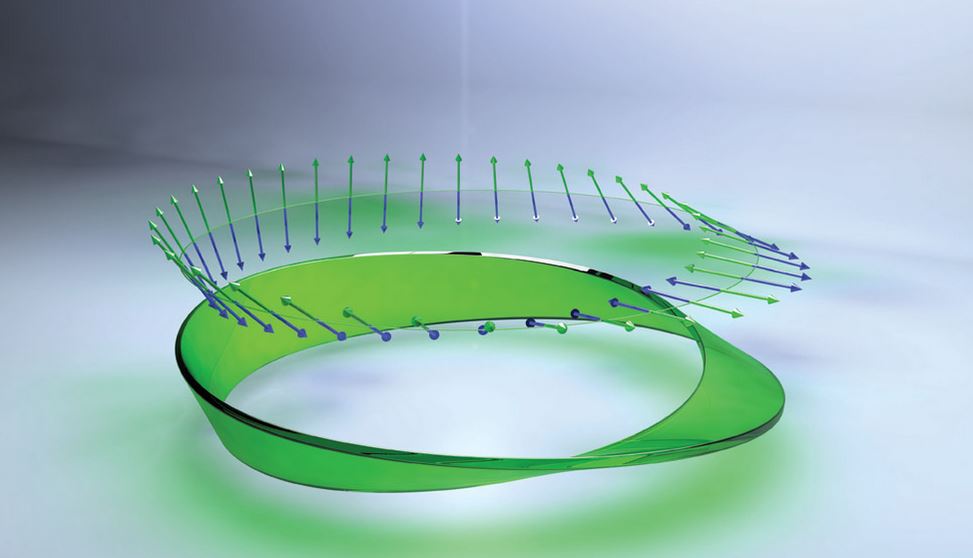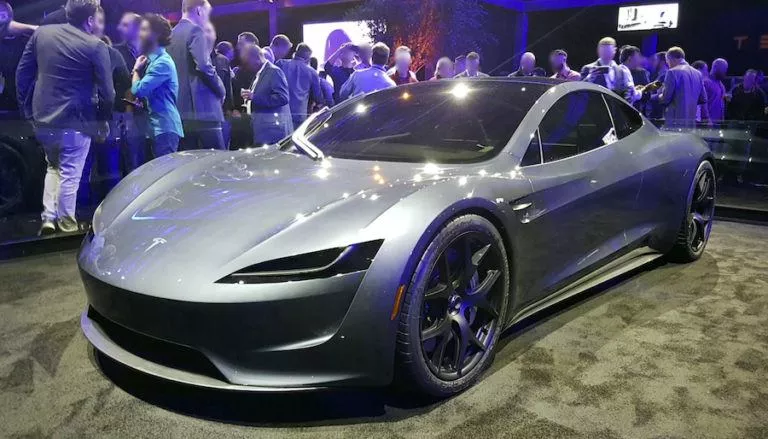Physicists Create Mobius Strips by Polarization of Light

 None’s childhood has gone without the Origami toys tutorials. How many of enjoyed the paper twisting stuff? Mobius strip was nothing but a loop of paper with half a twist in it; till our way smart scientists took it to another level of physics!
None’s childhood has gone without the Origami toys tutorials. How many of enjoyed the paper twisting stuff? Mobius strip was nothing but a loop of paper with half a twist in it; till our way smart scientists took it to another level of physics!
To generate a twist in laser light, scientists gave a twist to quite basic property of light. As the physics freaks know that light is an electromagnetic wave consisting of fields propagating in the perpendicular direction to that of wave motion. Scientists worked on giving the fields freedom of direction. They have actually made electric fields at different parts of the laser beam oscillate in different directions. ‘Structured beam’ is what they call such light beams.
Lorenzo Marrucci and Ebrahim Karimi in Naples generated the structured light beam. The laser light was passed through a q-plate which is a lens made from liquid crystal. Gerd Leuchs and Peter Banzer in Erlangen, Germany developed the further method. Nanotechnology coming into play; the scientists used a nanoparticle to get the image of polarization. The particle was used to determine how the light beam scatters. Using the procedure as interferometer does, polarization was detected and ultimately Mobius strips appeared.
Complete work is explained in the paper entitled “Observation of optical polarization Möbius strips” published online on Science.
Dr Thomas Bauer from the Max Planck Institute for the Science of Light and the Friedrich-Alexander-University Erlangen-Nuremberg in Germany is credited for this work along with several international researchers. Generation of Mobius strip from laser light has given a way to development structures micro or nano scales.
Robert W. Boyd, professor of optics and physics at the University of Rochester, New York, says, “This is one of the very few known examples of a Mobius structure appearing in nature.”
“These strips demonstrate the rich structure that a light beam can possess at very small, sub-wavelength distance scales”, Boyd explained. “Moreover, the measurement technique used here holds great promise for probing the nanostructure of other sorts of light beams.”
This Mobius strip demonstrates how electric field can be differently oriented at positions around a laser beam. Modification in properties of a highly focused laser beam has given rise to an unexpected structure of Mobius strip. This has resulted in widening the area of research. More complex structures are yet to come.
Did this sci-fi avatar of mobius strips intrigue you? Tell us in comments!
For more updates and interesting stories from fossBytes, subscribe to our newsletter. [newsletter_signup_form id=1]






